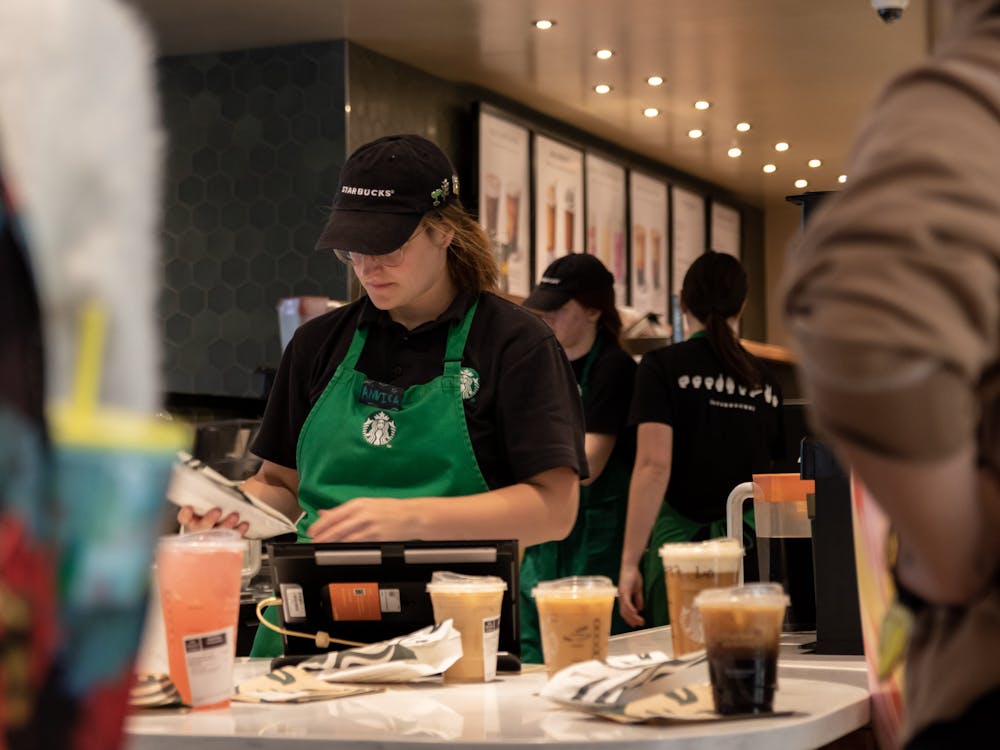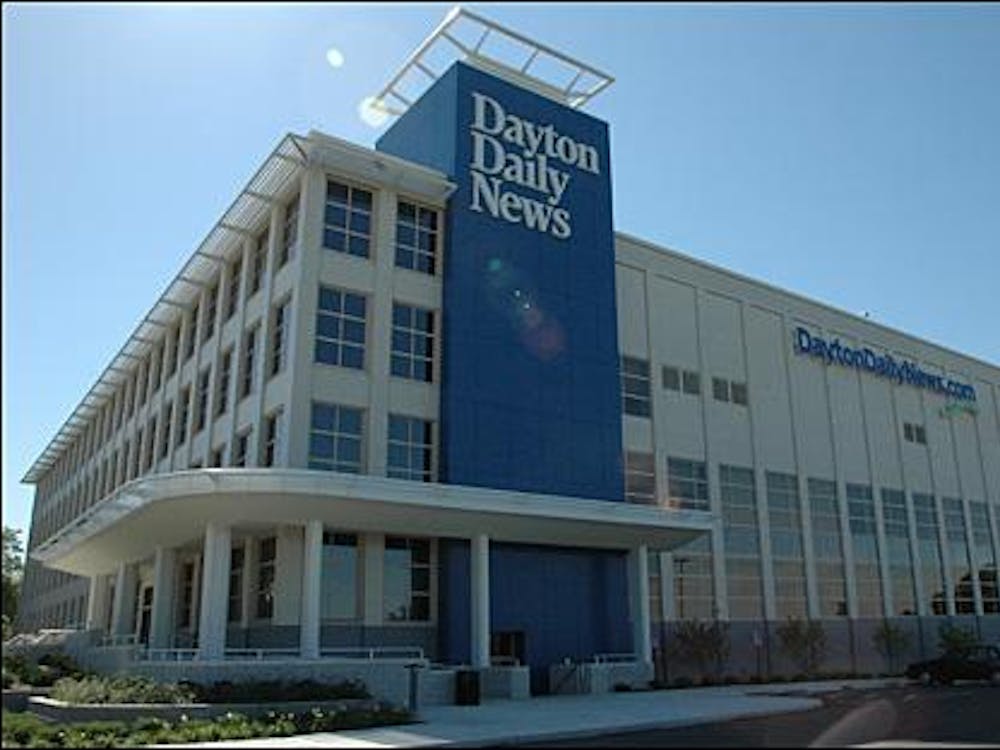The world’s most popular psychoactive substance is a college campus staple.
Caffeine is part of every dining hall, every vending machine, every on-campus restaurant and a complimentary feature of almost every university event. The demand for it has grown so high, Miami University is adding two more coffee shops (Bell Tower Starbucks and Pulse Cafe in the new Health Sciences building) to help disperse lines at our existing locations.
Modern universities run on caffeine: 92% of college students consume caffeinated beverages, with many opting for gourmet café beverages or ready-to-go canned beverages for the majority of their caffeine intake. Stop into any college Starbucks and you will see a line wrapped around the café of students preparing to order their ultra-customized daily treats: iced coffees with cold foam, hot teas with peach syrup, frappuccinos with extra espresso shots.
It’s hard to imagine that only 40 years ago, coffee was not the en-vogue-$6-gourmet beverage Gen Z and Millennials idolize as essential daily treats. Before the popularity of coffee shops exploded in the mid-’90s, the only people that really drank coffee often in 1980s America were older adults, and instant coffee was often the standard.
In the 1980s, only half of Americans drank coffee, and those that did averaged a mere two cups a day. Young Americans preferred soda over their parents' coffee. The National Coffee Association (NCA) needed to make coffee hip again for their industry to survive.
Cue a rebrand.
In the late ’80s, the NCA ran television advertisements showcasing successful athletes, business women and popular musicians sipping cups of coffee as part of a generation of “coffee achievers.” The voiceover told young people they were the “new American society, the movers and the shakers,” and drinking coffee was the way to make their dreams come true.
At the same time, Starbucks was radically changing coffee culture. Prior to Starbucks, few people ever went to coffee shops. The growth of Starbucks ran alongside a growth in coffee quality, customizability and community: Coffee was suddenly fashionable, and buying coffee — rather than making your own instant cup — became a way of life.
Take the specialization of coffee and pair it with the rise of workaholic culture and the dot-com boom and America gave itself a new generation of caffeine-drinking, corporate-climbing young professionals.
Today, 70% of students drink caffeinated beverages daily: a sharp increase from our parents’ generation.
Most college students drink caffeine to wake themselves up or keep themselves awake. At the same time, the vast majority of college students report not being able to get enough sleep, struggling to fall asleep or feeling tired during the day.
Drinking too many caffeinated beverages can result in hospitalization. As people drink more and more energy drinks, the number of energy drink-related ER visits has skyrocketed. As the child of a hospital worker, I hear a story at least once a month about college-age students who have gone into cardiac arrest due to energy drink consumption.
Enjoy what you're reading?
Signup for our newsletter
The recommended dose of caffeine is under 400 mg, or about two Celsius energy drinks or four cups of black coffee. Yet, amid academic pressure and busy schedules, many students drink above the recommended intake to fuel themselves through long study sessions.
After all, high-caffeine beverages are sold everywhere on a college campus. You can’t go in a single building on campus without being able to purchase a Celsius can or grab yourself a cup of coffee.
Which begs the question: should we reevaluate our relationship with caffeine culture? Is caffeine really the only solution to up our productivity, or are we all just funneling money into an industry that has convinced us we need their products to survive?
I started drinking coffee in middle school when my local Kroger got a Starbucks but didn’t become a daily coffee drinker until my junior year of high school. I drank coffee for the taste, but soon began to drink coffee on a daily basis out of habit.
Entering college, coffee was everywhere. I started drinking more coffee per day, but quickly realized that having more than a cup a day was an easy way to guarantee I couldn’t fall asleep at night. When I had too much caffeine, I felt my heart racing, my hands trembling, my anxiety racing. It would take a good few hours to feel normal again.
Studies show that regular caffeine consumption is associated with decreased subjective sleep quality, sleep fragmentation, stress and a shorter sleep duration. And what do we do when we feel daytime tiredness after a poor night of sleep?
Drink more caffeine.
As a coffee enthusiast, I am obviously not anti-caffeine, but we should be more cognizant of how to balance caffeine intake with our personal health and to make sure we aren’t using caffeine as a bandage for poor self-care and poor sleep.
Not everyone has time for eight hours of sleep each night, but going on walks, drinking ice water, adding more nutrients to your diet, power napping and getting some sunlight are all caffeine-free ways to increase your energy levels.
Rather than constantly promote the use of caffeinated beverages as bandages for sleepiness, student wellness advocates should promote alternative methods of boosting energy while studying.
Meredith Perkins is a junior from Independence, Kentucky, studying diplomacy and global politics and English: creative writing with minors in French and history. Her opinion pieces have been featured in the Wall Street Journal, Cleveland Plain Dealer, Cincinnati Enquirer and more.




